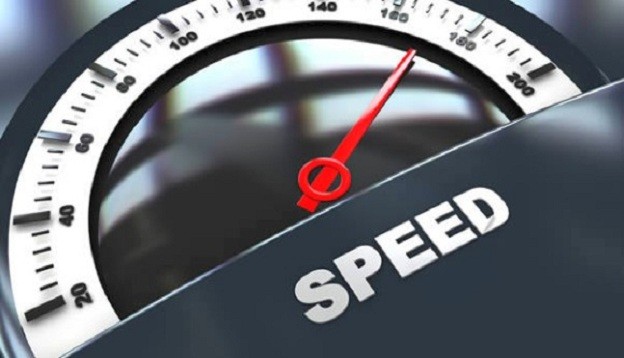Since the popularity of WordPress amongst businesses have grown, it is also important to ensure that the page loading speed of such sites is high. Unfortunately, loading speeds for most WordPress websites have been found to be slow. The goal is therefore to make the site both SEO friendly and user-friendly at the same time. You can follow these 10 easy tips to increase the loading speed for your WordPress website:
1. Web Host: One of the first things to check is the reliability of your web host; your hosting provider should not be responsible for slowing down the site. When you find that the response time is slower than what it should be, it is necessary to get in touch with the host at once. While the web host may be the culprit in some cases, there are instances where your site may have grown and you need to upgrade your hosting plans. This means that the current hosting plans are not enough to handle the traffic to your site. So, you may need to upgrade the WordPress plans to a higher hosting plan. If the response times do not improve even after this, maybe changing the provider is a good idea.
2. Install WordPress Cache Plug-ins: Another useful tip is to cache the site’s static content which will speed up the site nearly 3-7 times. You can make use of WordPress cache plug-ins for this task; these will duplicate the content and also offer CDN integration, JavaScript minification etc.
3. Minify CSS and JavaScript: This step will eliminate the irrelevant characters such as comments, white spaces, block-delimiters from JavaScript, HTML and the CSS files. When you can remove unnecessary characters or redundant codes, you can greatly enhance the site speed.
4. Optimizing Images: While any WordPress site which is graphic-rich will look attractive, it will slow down the website because the size of WordPress grows when you upload too many images. To deal with this problem, you must optimize the image sizes; you can free online tools to get this done seamlessly.
5. Enable Gzip Compression: When you have a visitor to your website, the browser will typically download the content for the user. When the web pages are too big and have rich elements in them, page loading speed is less and time needed is more. So, you can implement Gzip compression where you limit size of responses from the servers to browsers. This helps to reduce the time taken for downloading resources and data usage. Gzip compression can actually reduce the page sizes by nearly 50-70%. This is very effective for speeding up the WordPress site.
6. Empty Trash to Optimize WordPress Database: When you have been using WordPress for some time, it is likely that the database will have data which is not relevant any longer. When a post has been edited multiple times, there is no need for copies of revisions made every time. This only clutters the database making it bloated with trash and slowing down the site. Removing this trash, unwanted revisions, spam comments etc can help to optimize the databases and increase site speed.
7. Use CDN: The CDN can help to speed up your site dramatically by delivering requested content to end-users faster through geographically-distributed servers. So every time a user requests for some specific content, the CDN will select the closes server for delivering the cached static content.
8. Reduce Post Revisions: The WordPress will store records of every saved draft. This is useful when you want to go through the earlier versions of articles or retrieve these. But these will take up a lot of space, increasing the database size. Disabling the ping backs which you are likely to get every time another site links to your site can help to speed up the site.
9. Split Comments into Pages: When you have a lot of comments on your pages, it means you have a large engaged audience. This is a good sign no doubt, but to load these comments the site speed suffers. It is therefore advisable to split them into pages.
10. Avoid Uploading Videos Directly: When you upload videos directly, more bandwidth is used. The web host will charge you for this leading to increased costs. Moreover, the videos will increase the backup size greatly. This makes site restoration rather complex when you have to use the backup. So, you should upload videos to video providers like Vimeo or YouTube preferably to obtain an embed link.
Interesting Topic : What Is The Best WordPress Hosting?






 Live Chat
Live Chat
I’m impressed, I have to admit. Seldom do I come across a blog that’s equally educative and entertaining, and without a doubt, you’ve hit the nail on the head. The issue is something which not enough men and women are speaking intelligently about. Now i’m very happy that I came across this during my search for something relating to this.